Lucinda Green doesn’t need an introduction. The tall, blonde Brit is known the world over for her unmatched feats on the cross country courses of this world. And if playing Lucinda Green’s Equestrian Challenge on your Play Station is just not enough to get you stimulated anymore, then you have a chance to get the real deal. Lucinda is off on another whirlwind tour of clinics covering the US, Europe, New Zealand and Australia, stopping just long enough for a two-day clinic in Geelong, organised by Marcus Oldham College.
Lucinda’s lessons last two hours and include exercises that are designed to develop mutual confidence between horse and rider and encourage the horse to think for himself.
Due to hard ground, day one takes place in the indoor arena, focussing on technique and mastering unorthodox lines involving skinny jumps and combinations. Some of the fences are barely 50cm high but the lines are enough to provoke plenty of slip-bys and even to unseat one rider. The imperfect distances throw each young rider out of their comfort zone, no matter what level, whether introductory or one star.
First however, the master finds out about her pupils and their horses. Lucinda is asking each rider about their horse, its age, breed, how long the combination has been together, what level they have been competing at, any problems and, this will be important later on, if they are happy with the bit they are using. All the while the six-time Badminton winner is taking notes to refresh her memory later on.
Then she sends the group off, “I want you to jump as much as you can in four minutes, then come back to me and tell me the two most important things you were doing to help your horse and focus him.”
We then witness four minutes of what seems like a jumping quadrille out of control, but next the answers are flowing in, “eyes and legs” or “seat and hands” were the two most common replies.
However, it seems likes there is no right or wrong answer, “Whatever you feel is the right thing for your horse, do it,” Lucinda advises and then presents the image of the ‘triangle of focus’ – the top of which is the rider’s eyes and the bottom two corners are his legs and hands.
She explains what she refers to as the ‘paradox of cross country training’: “On the one hand the horse has to listen to you but on the other end he also has think for himself. Let them practise thinking for themselves and problem solving in training. Then they will be able to do it in a heartbeat in a competition, and thereby save your neck.”
“I believe that it is no accident of timing that as the dressage requirements have increased, thereby developing a more dominating rider, so the fatalities have started to stack up. Since 1999 there have been over 50 deaths, before that there were very few.”
“This is no doubt caused by several different factors, but I believe many horses’ brilliant initiative is being dulled by the wrong sort of dominating dressage and is therefore contributing to the problem.”
“Be careful with many types of hind boots, they slip down over the fetlock and can create a dangerous situation. The horse waves his hind leg in the air just when he needs it on the ground to take off. Boots to a degree protect the joint and tendon, but they can cause damaging heat in the tendon as well and interfere with already limited blood supply to the lower leg. Over a long period of time this degenerates the tendon. Wear them as little as possible and remove them immediately after you finish.”
Lucinda asks the group to jump two fences, one on each long side of the arena, in a strong, forward canter. She wants them not to worry about counting strides. “Ensure your horse is taking you to the fence and focussing on it from the corner. What’s taking them to the fence is not speed, it’s desire.” Then the little jumping course (see graphic) is given imaginary life as a cross country course. Imagine that fence 7 is the first wiggly line combination, following after only one forward riding fence. The course is mastered bit by bit until eventually all fences are jumped in the sequence outlined in the graphic.
“How do you tell your horse, that 7a is not just a log, that there are elements quickly following it offline that he can’t yet see?” Lucinda addresses the group, “I will tell you, you have to break his rhythm, slow him down and develop his canter into a dancing stride. He needs to become light in front, and looking up so you can focus his eyes on the fence. However slowly you are going you must keep him in front of your leg and help coil his spring. There’s a big difference between the canter you did just then and the dancing canter you create in time to focus on and negotiate a difficult line. You bring your horse together, rebalance him to shorten him from 14 to 10ft. We are going to practise that now…”
A small bounce and a couple of angled lines are added to the straightforward fences and the first problems with contact, speed and braking arise. Lucinda doesn’t like all she sees and asks several riders to swap bits, in most cases to a milder version or in others to a bit that omits the poll pressure. “There’s so many different types of snaffle bit to try before you go for leverage or a curb. Many horses, particularly Thoroughbreds don’t like the pressure from the poll that comes from a two- or three-ring bit. Strangely many can cope with the pressure that a gag creates. Always start off an experiment with a gag by using two reins, one rein first up can be too harsh.”
The effect is quite astonishing and after initial apprehension, most riders are convinced by their new gear change. “That big smile should mean that it felt reasonably alright?” Lucinda grins.
Nicolle Harley has been given two dressage whips on day one to make her chestnut gelding sharper off her leg. Nicolle has been using spurs but the horse at times takes offence to them. Just one quick ‘clack’ with both sticks is enough to make Buster more responsive and quicker to react. He knows the whips are there and doesn’t need further encouragement. Lucinda wants her to continue carrying the two whips in training for a while. Polo whips are better than dressage whips as they don’t swish and make contact quicker.
Her piece of advice for the in-out combination, “Horses can bounce in and out very easily, with your help. You need to understand the mechanics of a bounce, the horse lands 500kg bodyweight on two front legs that then have to take off again before the hind legs have even touched the ground to help push. So keep out of the way of their front end as they land in, they don’t need your extra weight to lift up too. Think how easily the far end of a seesaw comes up if you sit at the opposite end, same principal with a horse. Sit back and get his balance from his nose to his hocks. These exercises will help them to learn where their legs are.”
Lucinda is taking her time to ensure that each horse is comfortable with his bit. The girls were advised to check their horses’ teeth, bars and insides of their cheeks. Moreover, she has brought along a choice of bits to try and test, from a Waterford with gag or cheeks to a double twisted wire, a gag covered in latex and the most frequently used of her magic bag, a soft, bendy white Nathe straight bar bit. Three-ring bits are her least favourite choice, “Nine out of ten horses are not happy in them. But there is always the one that is happy, so you have to keep an open mind.”
It is part of Lucinda’s key message, if you ride eventing you have to focus on the cross country part as much as on the other two. Cross country is an art and a science, you and your horse need to be capable, quick and ready to extricate yourselves out of any sticky situations. And she works her eager students hard, “Oooh, let’s start all over again, but this time RIDE! Feel both your calves attached to his eyes by an invisible wire and get ready to squeeze his eyeballs out if necessary to keep him on his line.”
By the end of the lesson horses and riders will have both put in a solid piece of work, but Lucinda is making sure that there’s something left in the tank for day two on the cross country course.
The next day has us out at the Barwon Valley Pony Club where we find a cross country course with water, banks, slides and some combinations to practise. After warming up over whatever they like the lesson starts off with the banks; Lucinda has her students walk their horses first up and then down the lower ends of the bank – on no contact. Remember the paradox from the first day? This is another part where your horse has to think for himself. Then the riders pick up the contact again and move on to trot and canter work, “Banks are always jumped square on, otherwise one foot can miss the bank,” comes Lucinda’s first advice.
“When it comes to training banks, always go up before you go down. Up is easier for horses, down is harder both physically and perception wise, especially out of canter. Pull up to a slow trot even in a competition and ensure your horse is able to put his head down to see the edge.”
A skinny vertical is placed in front of the bank (to be jumped from trot first), then a second skinny vertical right after the drop from the bank followed by another narrow one, ‘decorated’ by a tree stump and a couple of poles on an angle. “Make it look awful,” Lucinda instructs her helpers, “horses look at shapes, so each time we want it to look different and odd to test the rider and habituate the horse.”
The second skinny after the bank is causing a couple of run-outs at first, horses are not expecting the jump right after the drop. However, the sequence is repeated from trot and canter and ridden from both directions until every combination can keep a comprehending flow. It is teaching both horses and riders to look ahead through a connection of fences. “Your horse won’t know where he’s going if you don’t look first. Did you feel him not see it?” booms Lucinda’s voice.
When Gen’s big gelding masters the exercise first up, after proving a bit stiff and difficult to steer on the first day, Lucinda is delighted, “He’s absolutely on the button. Oh my goodness, he’s thinking for himself. When you halt him in a straight line after the fence, keep him still for a moment; let him enjoy the fact that you are pleased with him. Tell him he’s a star. They love to feel that they jumped well, like we do.”
Nonetheless, Gen is advised not to have another crack, “Don’t do it again, be careful about doing an exercise a second time because they start to rush when they know their way through. The first time is key, because that is the type of reaction you will have to ride when you negotiate a tricky line in an event.”
Another valuable piece of cross country advice, before the group moves on to the water, “Don’t canter into a combination too fast, he won’t have time to read and assimilate it. However, if you fail to adopt the right speed it is better to be too fast and give them their head, so they can see and read. They can only negotiate it if they can see it.”
At first the horses walk through the water and up then down the small bank, all on a completely loose rein again, until everyone feels comfortable. Then the bank, skinnies and brush fences surrounding the water are incorporated and riders can choose a course for themselves.
Over the two skinnies, up the bank and across, down the bank and over the next skinny. This is teaching bot the horses and the riders to look ahead through a connection of fences.
“You want to focus your horse’s eye on this line from right over there.”
Time for Lucinda to address the seat and rider position. “Your bottom is a three-pin plug in the wall with the wall socket being your saddle. When you approach a fence, we have this instinct that we want to help the horse and move up and out of the saddle. However, if he puts in another stride or stops, you are thrown on his neck. Most horses don’t feel safe if you move first just as they are about to take off. Stay plugged in. Even when he tells you he is going to jump it, don’t trust them, ‘say that’s wonderful, I’m right behind you’, just in case he changes his mind.” Claire is praised for her position, “You never change, you fixed the plug properly into the wall!”
Brittney’s chestnut is very hot between the fences and she pulls him up to ride a small circle. “Don’t do circles, it just makes hot horses even hotter.”
“What do you do at an event? I see groups of riders on course… Try to walk the course on your own first. Only then are you able to absorb your first reactions to a fence, they are probably your horse’s ones too.”
Lucy’s horse is not happy with the post and rail combination. “Stand in front of it, there’s a lot to take in. Try and work out what he’s not happy with. Then rein back a few steps, so he’s not turning his back to it and pop him over.”
The Warmblood gelding jumps but then refuses again the next time they come round. “There’s no excuse, put your stick up like a polo mallet. It doesn’t matter if he rears. You have to have in your heart a real desire not to stop. Turn your whip and give him one quick whack when he stops, horses associate ideas. If you let them stop without them feeling your displeasure, they may start to think that’s what you want.”
While most horse and rider combinations had been together for a while and been out competing, communication between horse and rider is not always clear. One rider doesn’t like her horse putting in another little stride just in front of the water jump. “Take that line through the water one more time, don’t do anything different, your horse is learning where to put its feet. Canter is a lot faster than trot, they have to learn to make their decisions faster. That little stutter is their looking stride, their balancing stride. Don’t take that away from them. They take it away themselves when they trust the fence and when they trust you.”
Lucinda enthuses, “It is wonderful watching their feet, I never watch above the belly. When the stutter comes, stay in behind so that you can keep the horse in front of your leg.”
The key message is, make sure your horse reads the fence. After the lesson it is time for another gathering and for questions. The girls are beaming, everyone is feeling a sense of accomplishment and Lucinda hands out praise for exercises well mastered and horses showing talent. Many will be leaving from today’s lesson with new ideas, they may be trying out a different bit for their horse or working on their approach to fences. Or perhaps they are dreaming of winning Badminton one day…
Lucinda Green
Lucinda Prior-Palmer began riding at the age of four, but didn’t own her own horse until the age of 15, when she was given Be Fair for her birthday.
Lucinda was married to Australian equestrian David Green from 1981-1992. They have two children, Fred and Lissa.
Her competition record is unmatched, together with Virginia Holgate-Leng she made up Britain’s greatest ever female eventing tandem.
1973 1st Badminton Horse Trials (Be Fair) at the age of 19
Member of British Team in Kiev
1975 Individual Gold at the European Championship (Be Fair)
1976 1st Badminton Horse Trials (Wideawake)
Member of British Team at Montreal Olympics (Be Fair)
1977 1st Badminton Horse Trials (George)
1st Burghley Horse Trials (George)
Individual Gold at the European Championship (George)
1979 1st Badminton Horse Trials (Killaire)
1981 1st place Burghley Horse Trials (Beagle Bay)
1982 Individual and team Gold at the World Championships in Luhmühlen (Regal Realm)
1983 1st Badminton Horse Trials (Regal Realm)
Individual and team silver at the European Championships in Switzerland
1984 Team silver at Los Angeles Olympic Games, 6th individually
1st Badminton Horse Trials (Beagle Bay)
1985 Team Gold at the European Championships at Burghley
Lucinda was awarded an MBE in 1978. She retired from competition after the 1987 World Championships and is now a commentator for the BBC at major equestrian events, most recently the 2012 Olympic Games. Her eventing clinics worldwide are always in great demand.

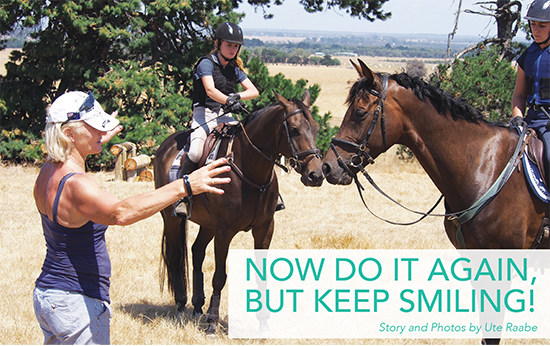
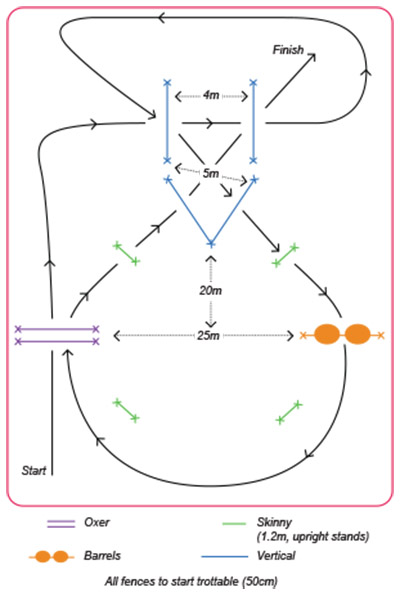
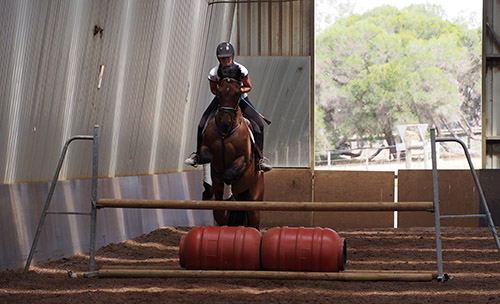
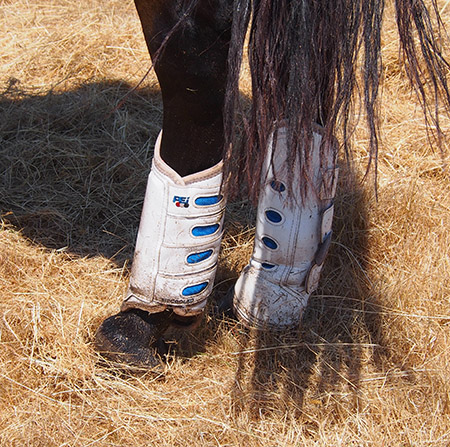
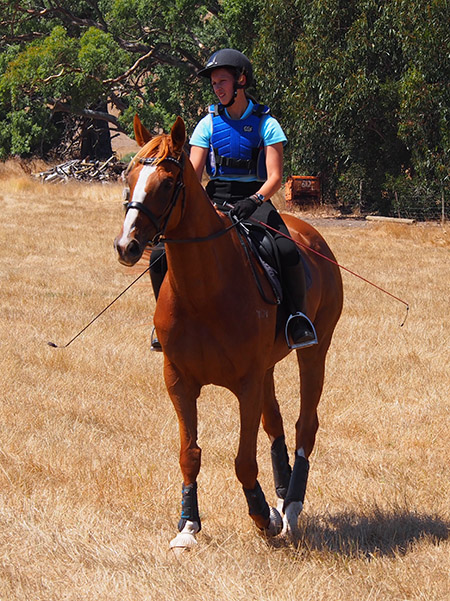
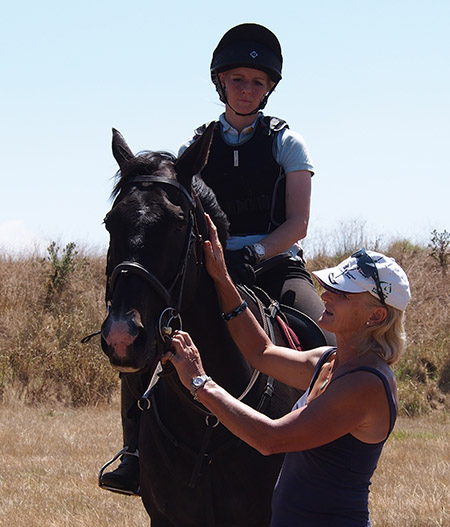
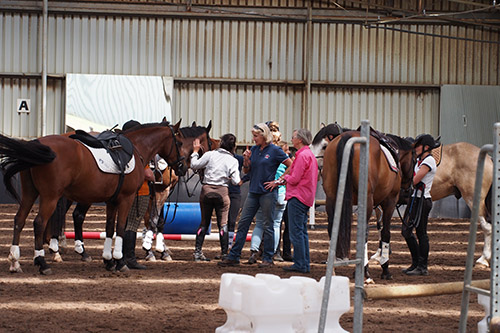

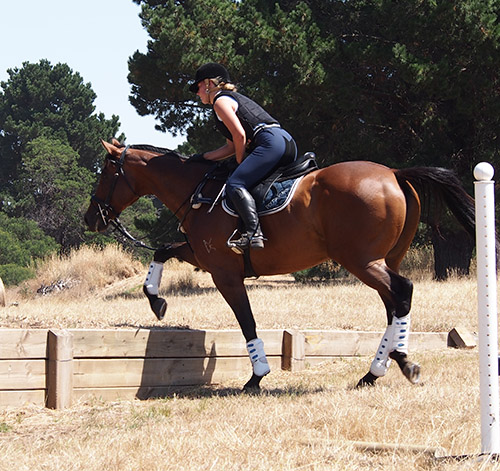
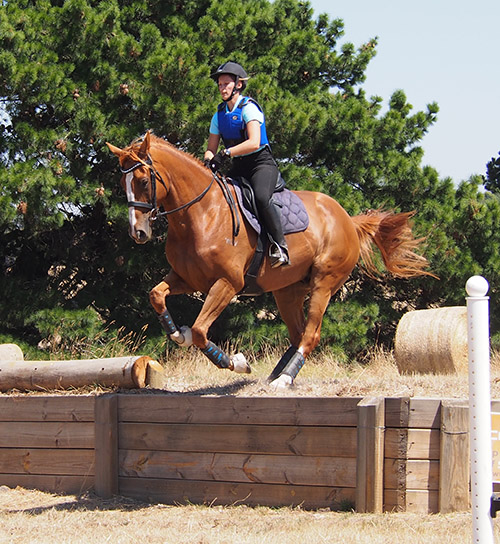
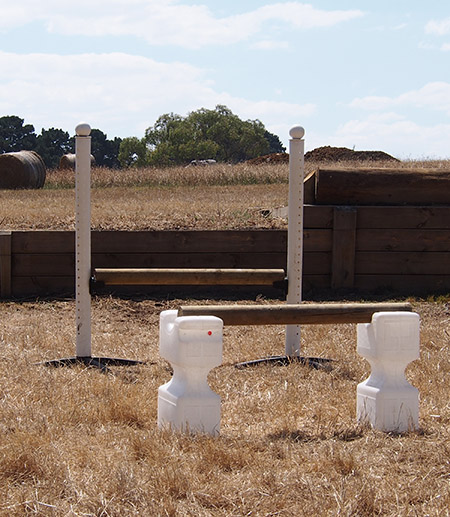
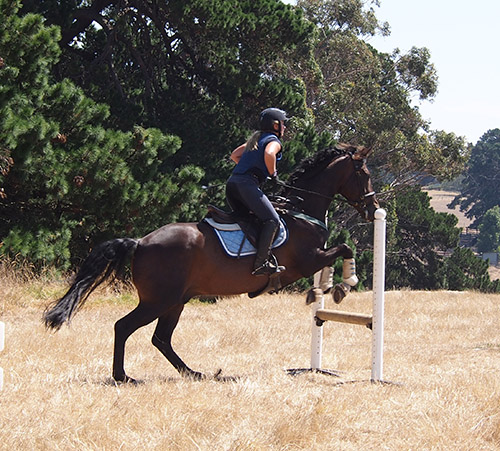
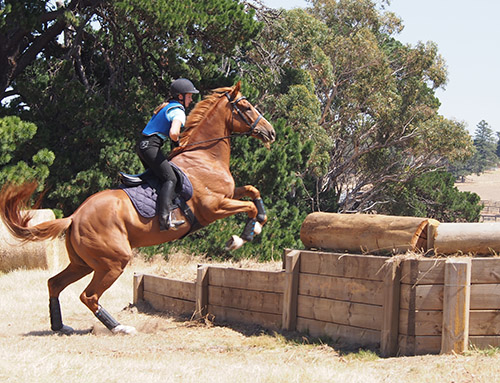
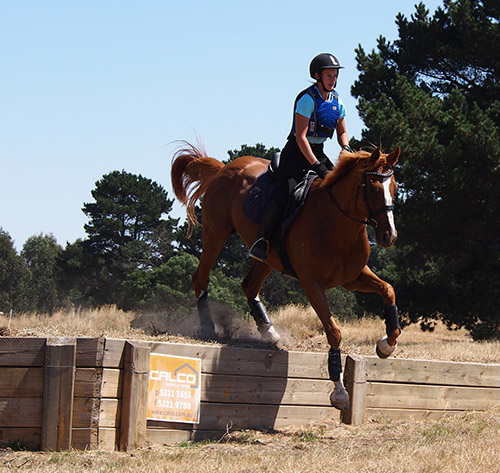
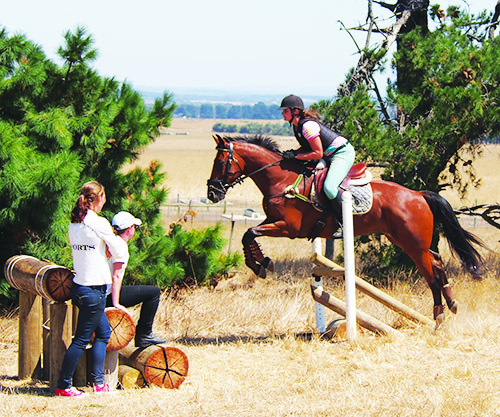
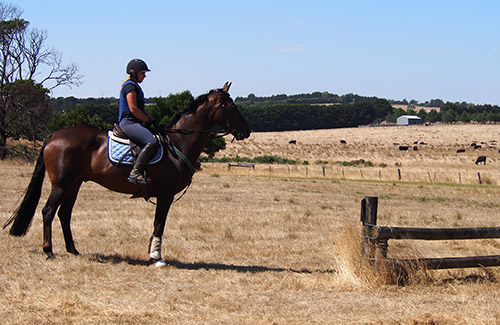
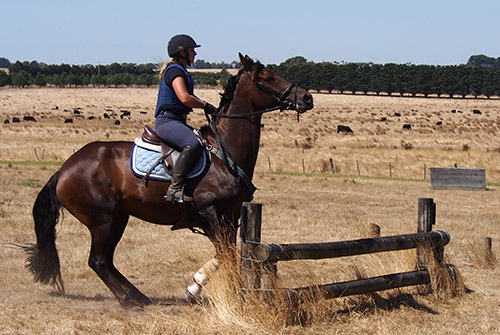
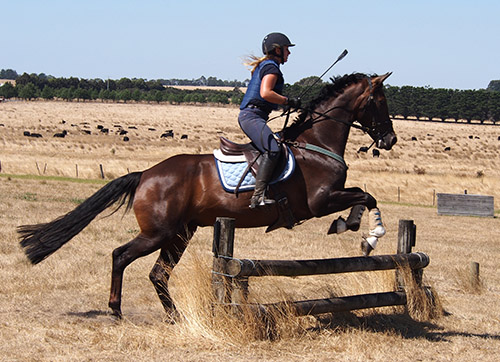
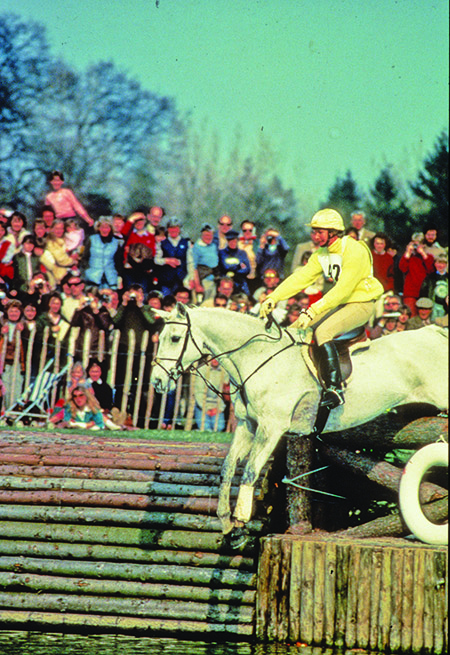
really enjoyed reading that, feel fifteen again.
Just watched lucinda give a clinic at the r .d.s.it was wonderful ,inspiring ,and her simple words of kindness to the horses just shows what a wonderful horsewoman she is .All pony club members must take her clinics on board and most of all pony club mothers and remember success does not happen with a big cheque book.